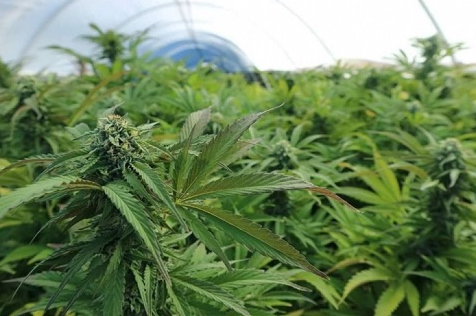Canada May Overcome Legal Cannabis Shortage Sooner Than Expected
Since the national legalization of recreational cannabis in November of last year, Canada has faced a severe shortage of legal cannabis products. However, the situation may improve by the end of this year, despite earlier predictions from both government experts and business consultants who suggested the crisis could last for several years.
According to journalist Calvin Hughes, Health Canada is currently reviewing applications for the opening of several hundred new commercial recreational cannabis plantations. If the government approves even a third of these applicants by the end of the year, the country could soon face an issue of overproduction rather than shortage.
By the end of 2018, Health Canada had received about 840 unique applications for commercial cannabis production. Despite this, only a few dozen stores were allowed to open at the start of the reform. Combined with much higher demand for legal cannabis than government analysts had anticipated, this led to a noticeable shortage on the national market, causing many experts to believe the situation would not be resolved soon.
However, a more realistic outlook suggests that the so-called “shortage crisis” may only be a short-term obstacle in the early stages of the national market’s growth. As Hughes notes, if the government grants licenses to even a portion of the current applicants, the industry could quickly shift from shortage to surplus.
Another analyst, Russell Stanley, who forecasts global cannabis markets for Beacon Securities, agrees. He states that even in the unlikely event that none of the new applications are approved, the 145 existing recreational and medical cannabis plantations in Canada could meet the country’s domestic needs within a year or two. In the best-case scenario, Stanley believes that if the government approves as many plantations as possible, Canada could have nearly 1,000 cannabis producers—enough not only to supply domestic consumption but also to meet the needs of the U.S. and several other countries.
“Currently, there are about 130-145 private commercial cannabis plantations operating in Canada. If we can license at least as many new enterprises from the current applications, our national industry will be able to fully supply the domestic market and export recreational and therapeutic products to other countries that have legalized cannabis,” Stanley told reporters. “Simply put, the question isn’t whether Canada can overcome the cannabis shortage crisis. It’s about how quickly we can get past this obstacle and how much Canadian product we can export to the U.S. and European countries.”
Lessons from the U.S. and Future Prospects
It’s worth noting that some U.S. states that have also legalized the production, sale, and use of recreational cannabis are facing the opposite problem—overproduction. Oregon, for example, first reported a surplus of cannabis products at the end of last year. As a result, from early 2015 to the end of 2018, the price per gram of high-quality cannabis buds in Oregon stores dropped by nearly 50%. More recently, California has faced an even larger overproduction issue, with legal producers growing 10 million pounds of cannabis last year, about 7 million of which remained unsold.
Depending on how the Canadian market develops, the government may try to compensate for local shortages by signing favorable import agreements with states like Oregon and California.
Ongoing reforms in Canada’s system and the annual growth of the cannabis export market should also be considered. The legalization of cannabis edibles and various extracts, along with an increase in lucrative export contracts for therapeutic products, could accelerate the licensing of new cannabis businesses. This, in turn, would improve product availability and pricing in the domestic market.



